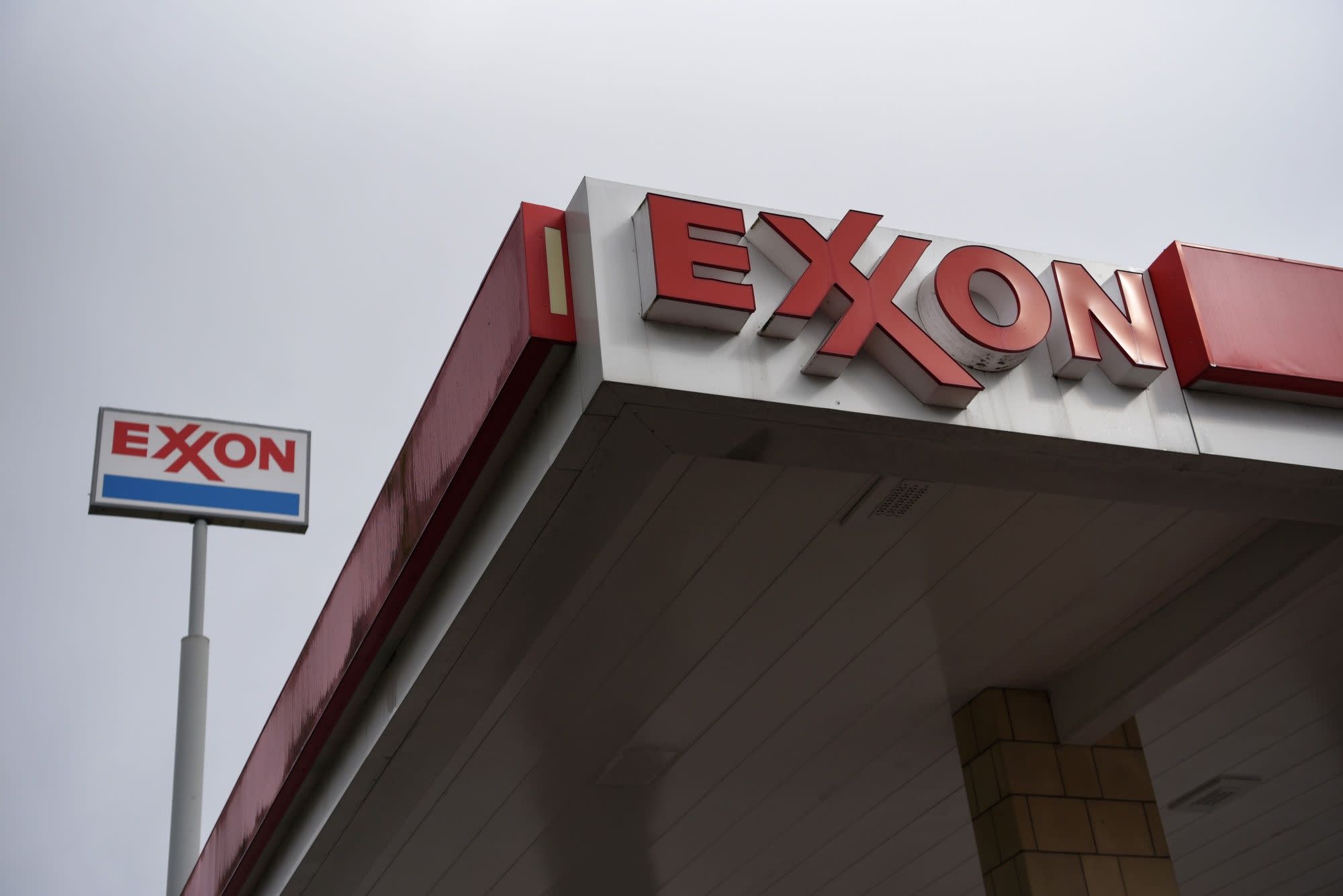(Bloomberg) – The Securities and Exchange Commission has been largely silent about the financial wreckage of the U.S. shale industry in recent years, but that may be about to change.
The investigation reported by the United States’ top financial regulator on how Exxon Mobil Corp. evaluates shale assets follows years of concerns over optimistic industry projections, which have left hundreds of billions of dollars in losses and write-offs for investors.
Exxon, the largest oil company in the West, is accused in a whistleblower’s complaint of inflating the value of a key asset in the Permian Basin and making overly optimistic drilling plans, the Wall Street Journal reported on Friday. The company denied the claims, while Exxon’s shares fell by up to 6%.
“The SEC is cracking down on the overvaluation of these hard-to-value assets,” said Arthur Jakoby, a former SEC employee and now a partner at Herrick, Feinstein LLP in New York, who is not involved in the case. “It is a very easy way to increase the price of a share, especially oil and gas companies using estimates of what they have in the ground.”
The shale revolution has toppled global energy markets in the past decade, making the United States the world’s largest producer of oil and gas and providing cheap oceans of oil to consumers. The jump in production was built on unstable financial bases, however. Financed by cheap money and stimulated by the very high prices that shale assets were reaching at the height of the boom, industry executives released a narrative to investors that fracturing would make US oil fields comparable to those in the Middle East.
Oil giants like Exxon, ConocoPhillips and BP Plc made multi-billion dollar shale acquisitions, turning pioneers into billionaires overnight. Fracking pioneers like Chesapeake Energy Corp. closed their own large, highly leveraged businesses. But even with advances in technology and skyrocketing production, these companies continued to burn cash. The industry reduced $ 450 billion of invested capital and saw more than 190 bankruptcies between 2010 and 2020, according to Deloitte LLP.
Many investors point to the gap between what shale companies say they can drill for profit and what they do. Exxon bought a large position in Permian in 2017 and quickly increased production targets, culminating in a pre-pandemic plan to reach 1 million barrels of oil per day by 2024. The whistleblower’s complaint says that some Exxon employees pushed for a lower rating for some Permian assets because drilling times were longer than expected in 2018, the Journal reported.
The allegations are “proven to be false,” said Exxon in a statement, without confirming or denying that an investigation is underway. “Real and verifiable performance has exceeded the drilling plans for Permian and that performance has been accurately represented to the investor community.” The SEC declined to comment.
Still, the reported whistleblower’s report echoes what investors – and some engineers – have been saying about projections from smaller shale companies for some time. Many investors now focus almost exclusively on free cash flow, a figure that is more difficult to manipulate.
“Everything has been simmering under the surface since 2012,” said Ed Hirs, a longtime energy researcher at the University of Houston. “But the challenge here is really that, in recent years, the investment community has only looked at cash flows.”
Nowhere is shale more promoted than in the Permian, now the largest oil field in the United States. The excitement peaked after the 2014-2016 oil price drop, when private equity hurried to get a share of the stock, gaining what it believed to be a profitable entry point. Recently, many of these players have been forced to mark massive deficiencies.
Concho Resources Inc., which Conoco agreed to buy in October, charged $ 12.6 billion for its oil and gas assets early last year, one on a long list of huge write-offs that followed a collapse of oil prices fed by the coronavirus. The move came two years after the company bought RSP Permian for a price that valued its oil and gas assets much more than deals involving neighboring producers.
Apache Corp. he also noted the value of his flagship Alpine High project, long considered a prolific finding in an ignored part of the Permian, which ended up being much richer in gas than oil.
Early in the boom, when Aubrey McClendon was turning Chesapeake into a shale gas giant, the regulator changed its rules on how companies could calculate oil and gas reserves.
Many blame the relaxed regulatory environment on how complicated the calculation of future production can be. After all, it is an estimate based on assumptions such as drilling times, how close wells are fractured and the cost of renting land. As some engineers have said, reservoir engineering is more about art than science.
“It is not a simple investigation because assets can be valued in many different ways,” said Jakoby. “The SEC will be looking for smoking evidence that management has pushed for an overvaluation.”
For more articles like this, visit us at bloomberg.com
Subscribe now to stay up to date with the most trusted business news source.
© 2021 Bloomberg LP
